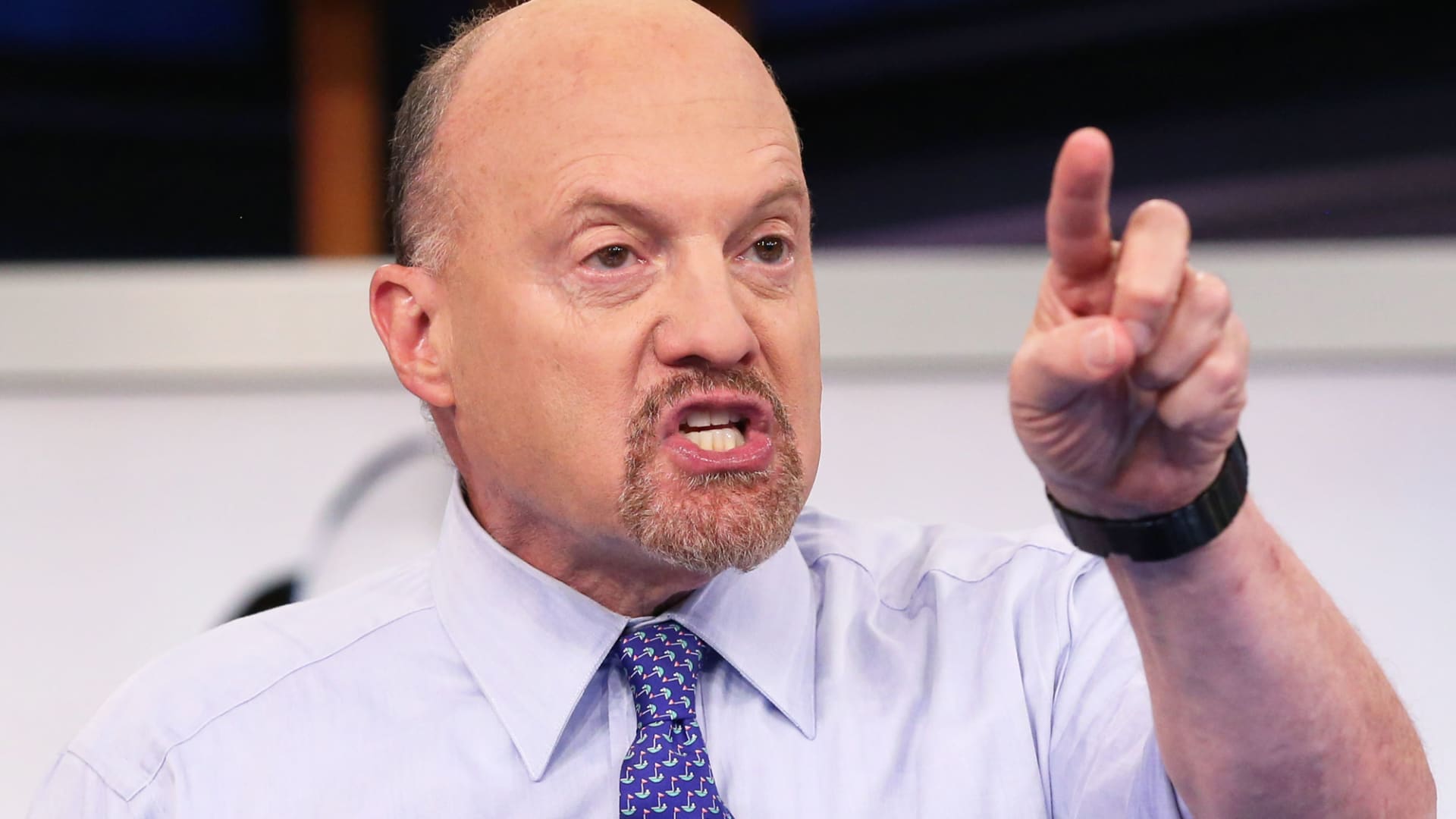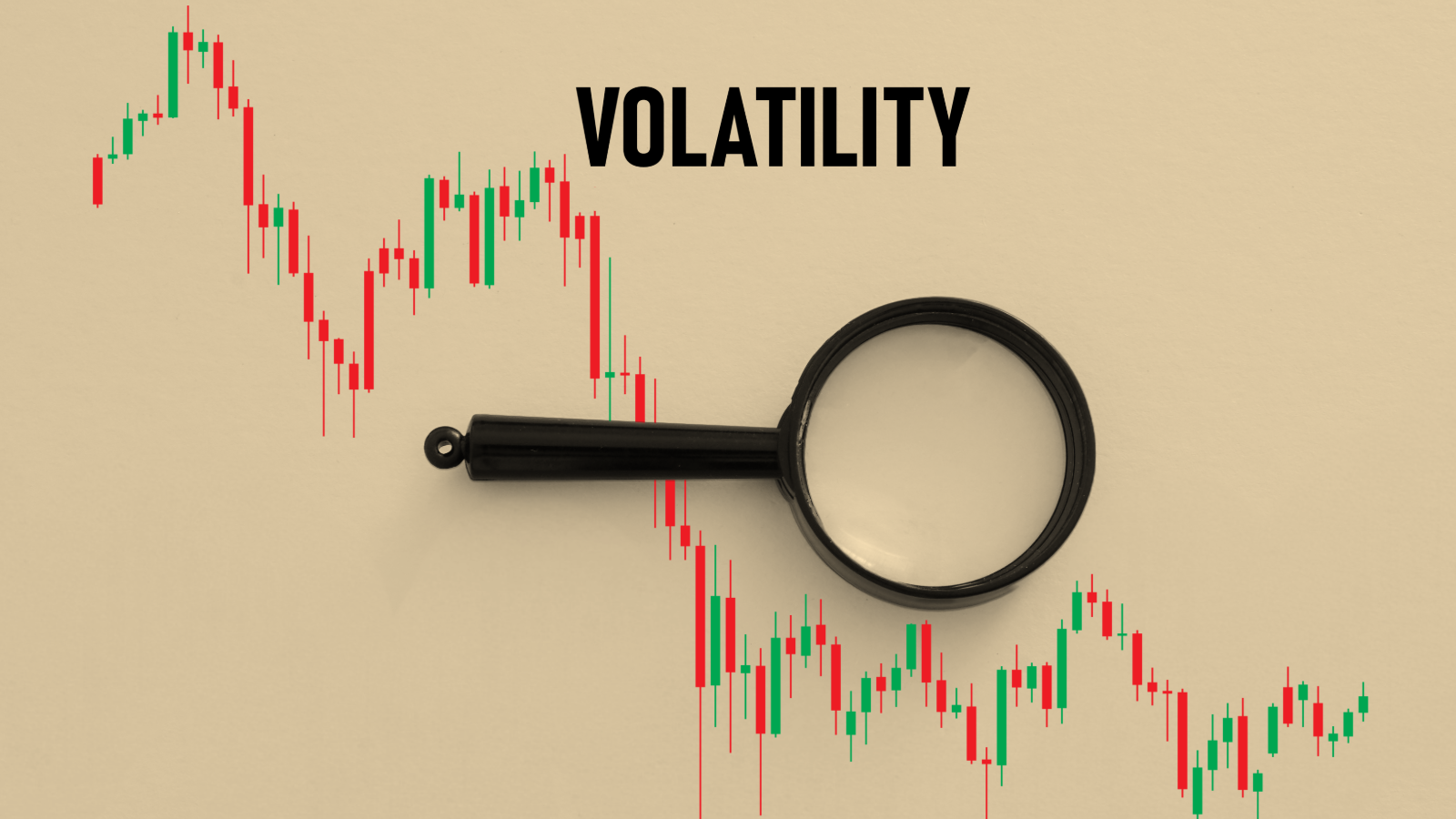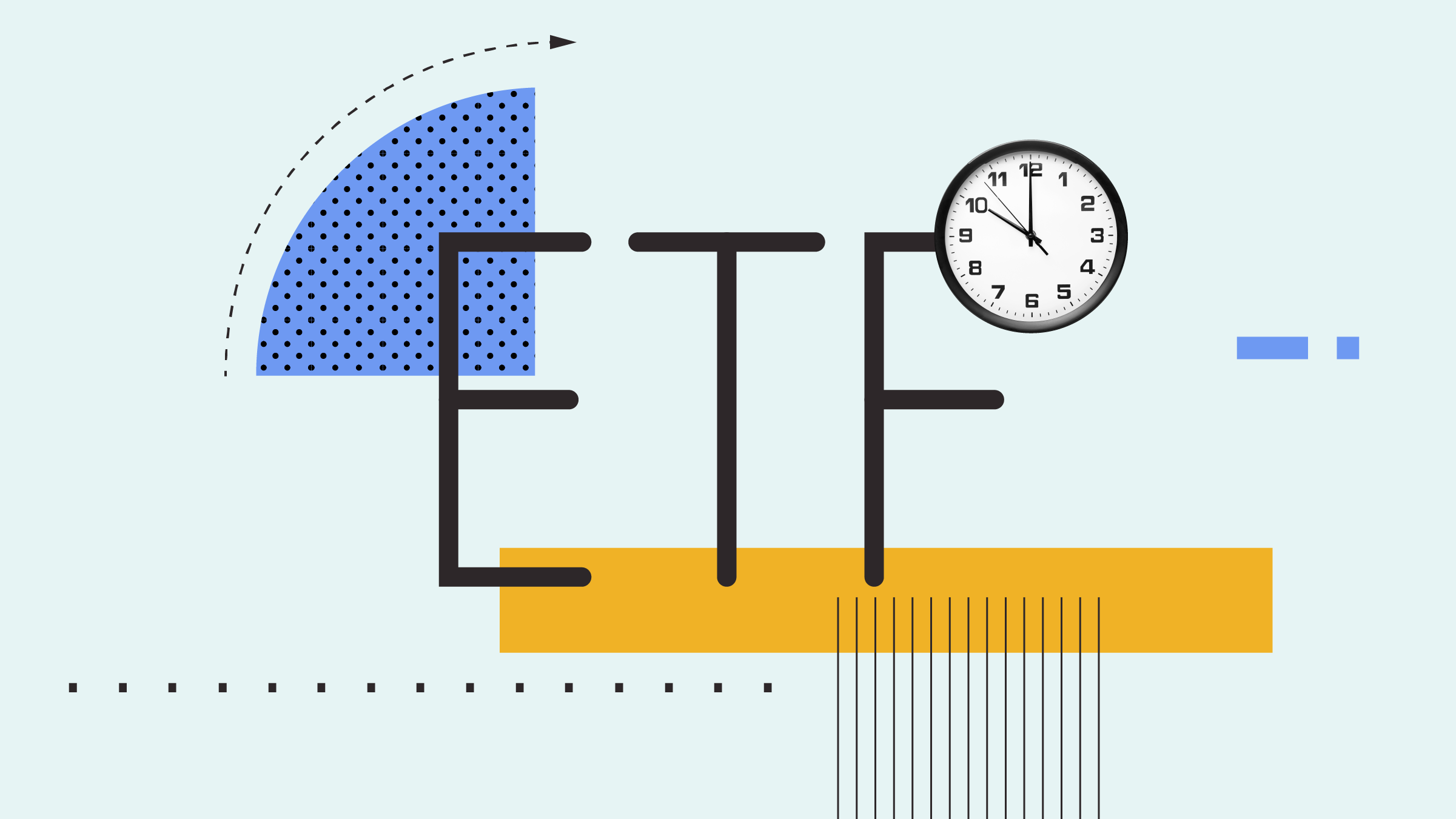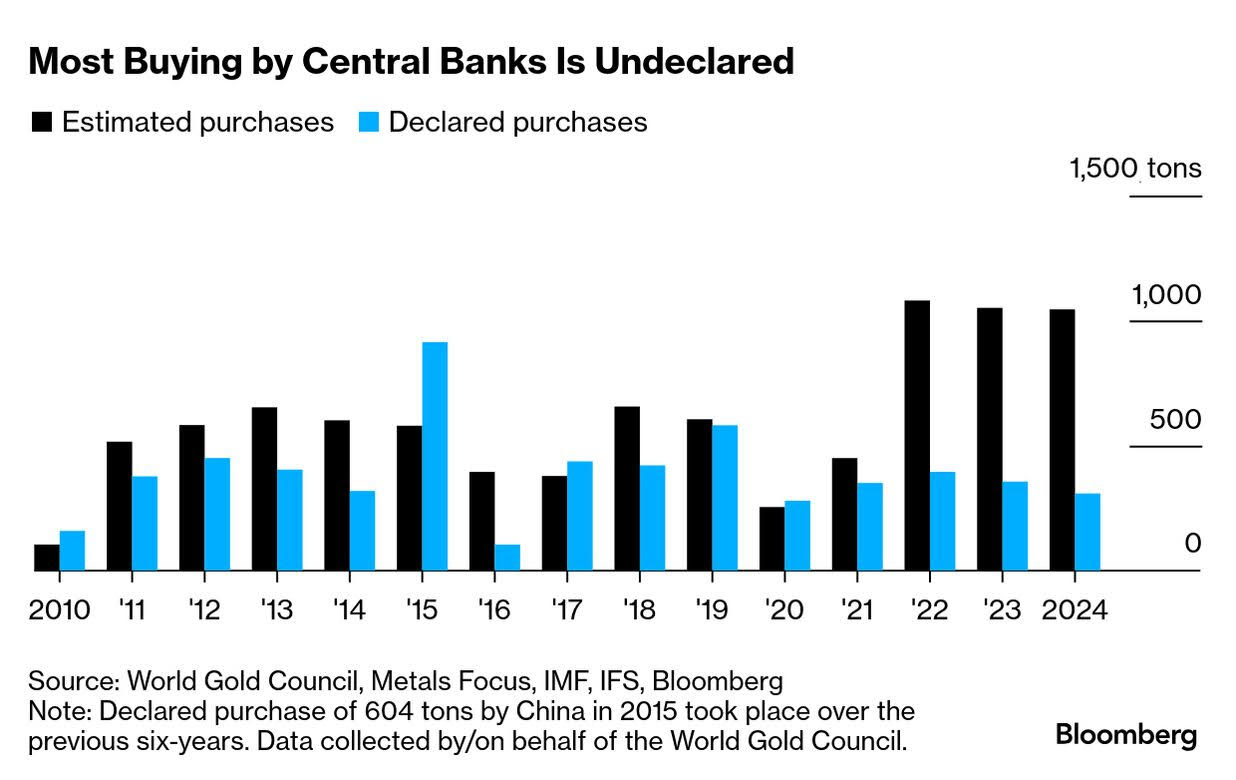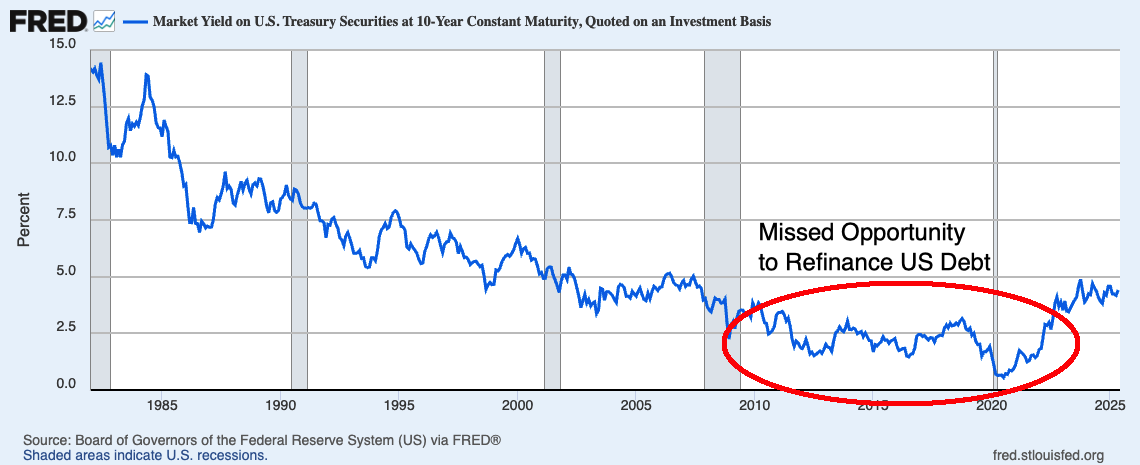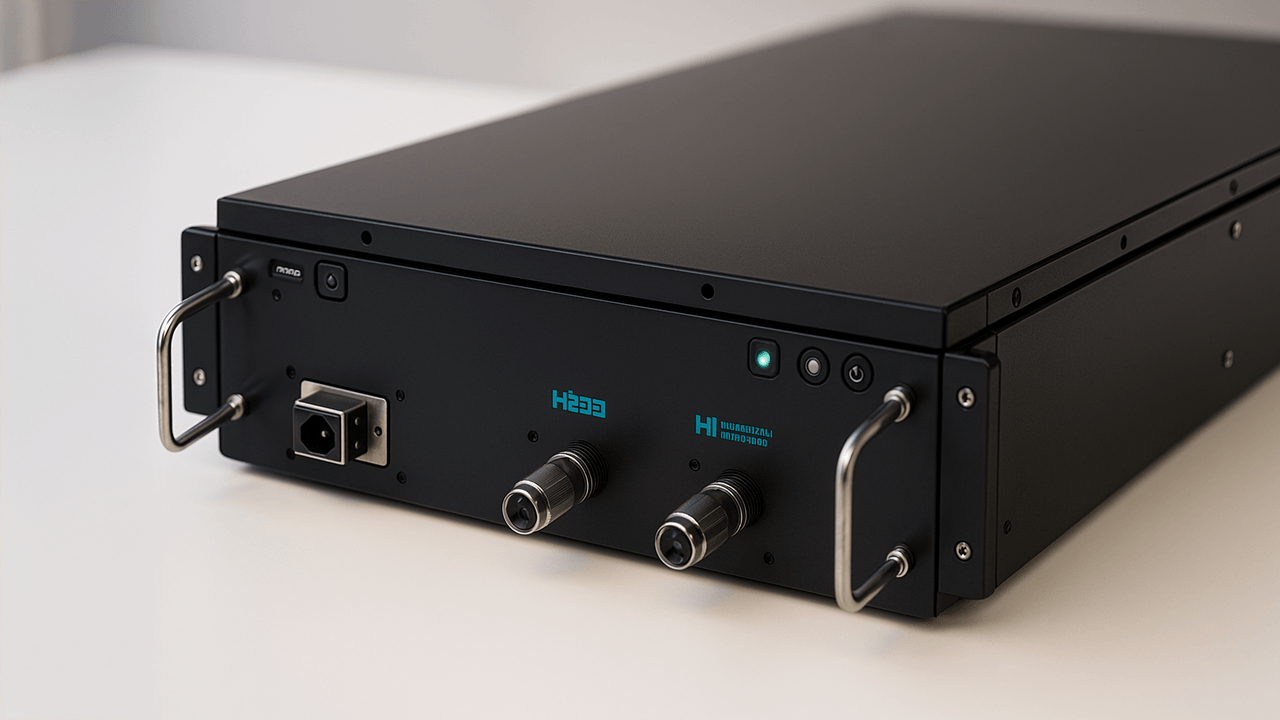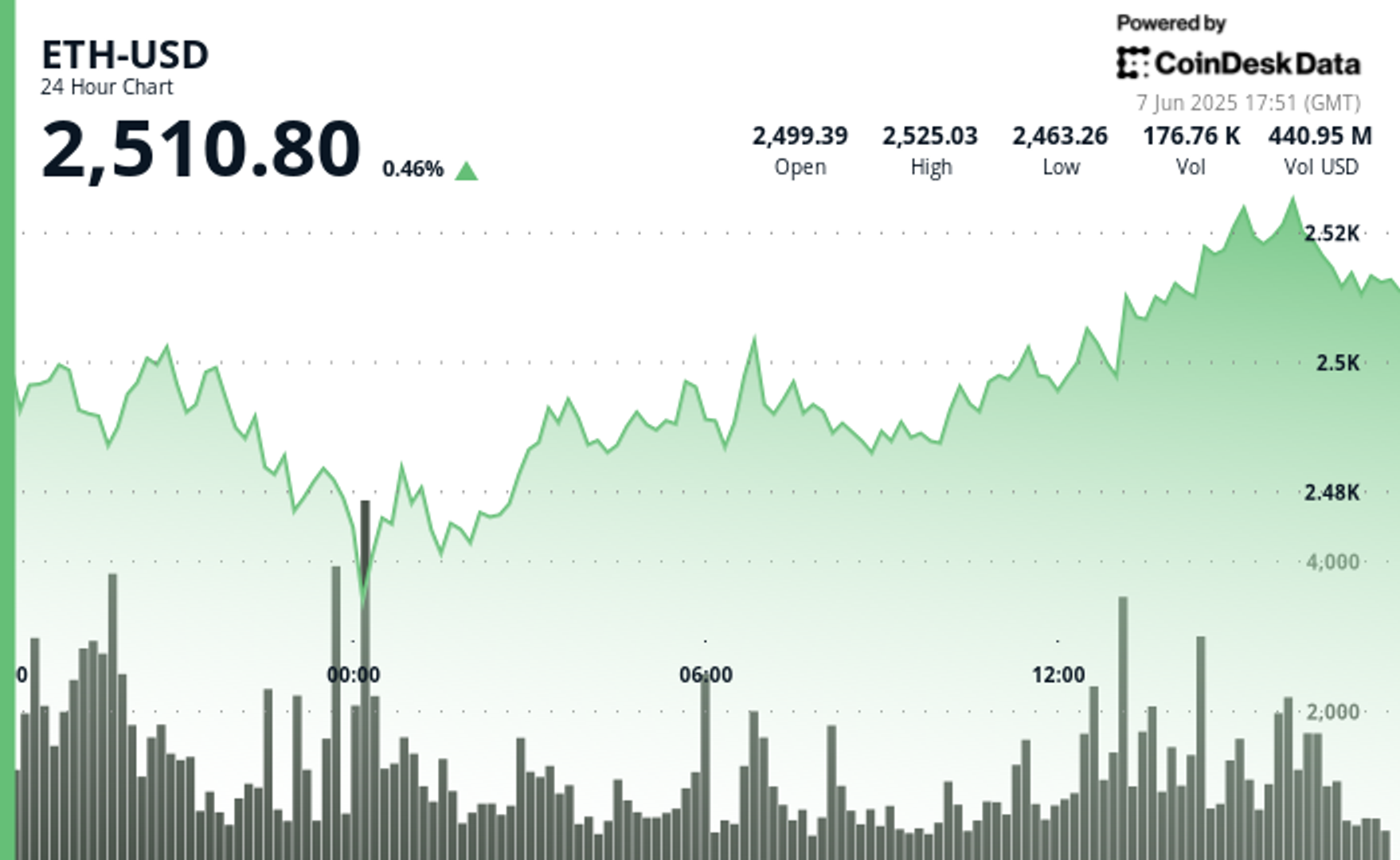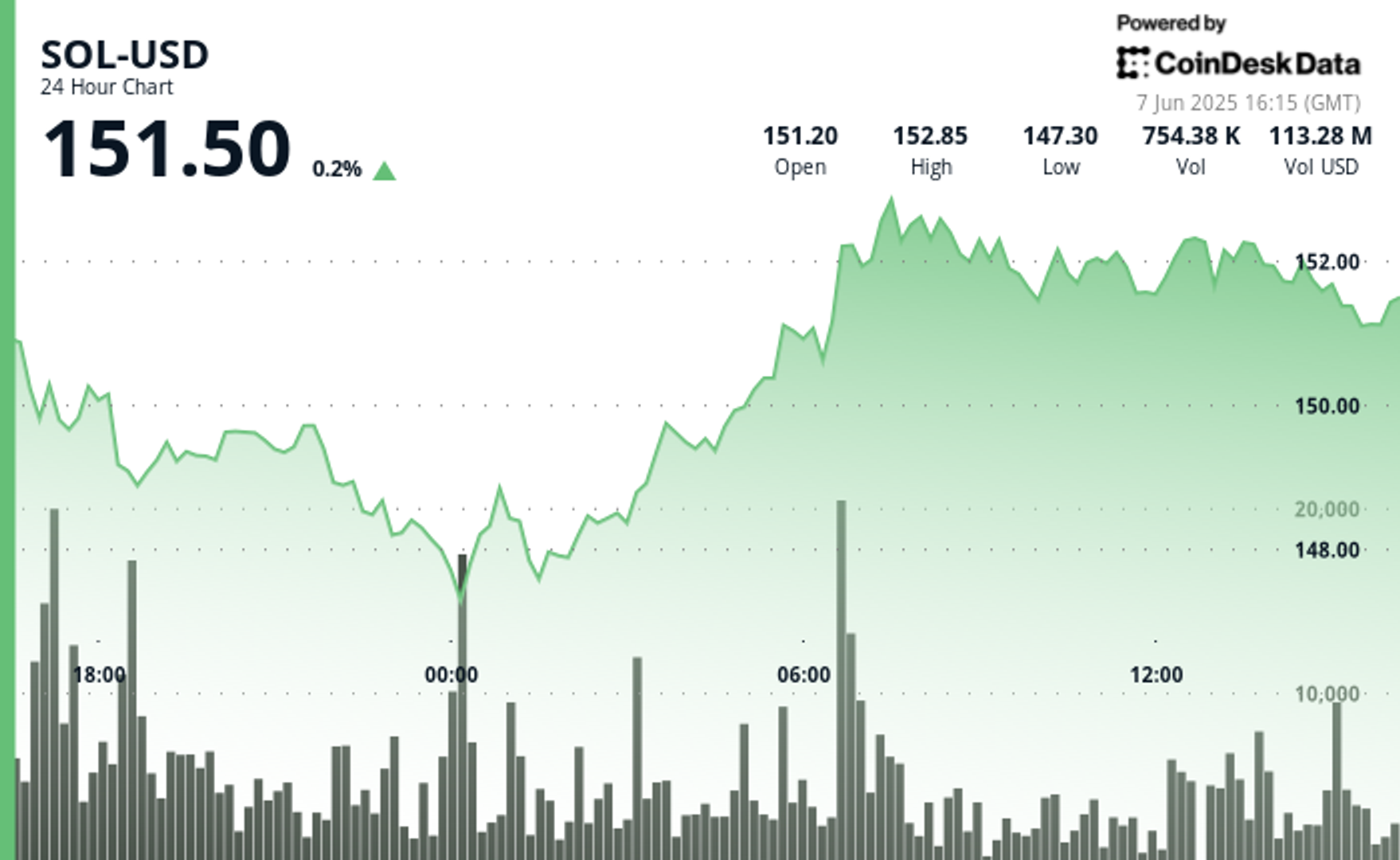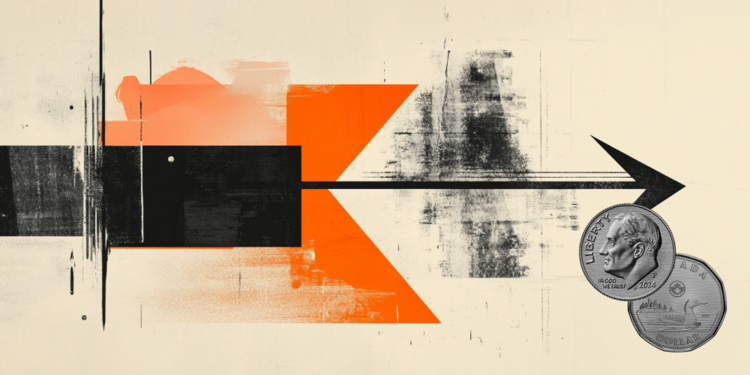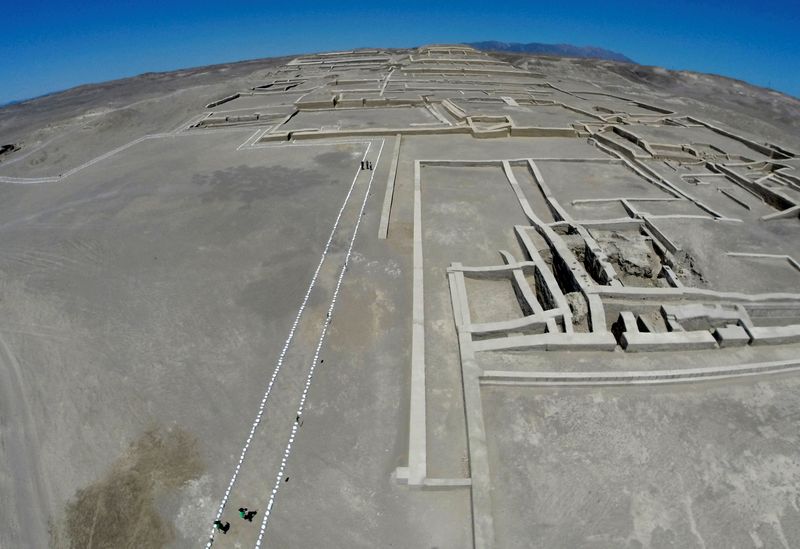I am 55 with $1,700,000 in an IRA. What’s the best way to make it last?
If, at age 55, you have $1.7 million in an IRA, you’re doing something right. According to Fidelity, the average IRA balance for other Gen Xers is $103,952, according to Fidelity. However, it sounds as though you’re concerned about how you can make that $1.7 million last throughout retirement, and that’s what we’re looking at […] The post I am 55 with $1,700,000 in an IRA. What’s the best way to make it last? appeared first on 24/7 Wall St..

Key Points
-
No matter how much you have saved for retirement, it’s natural to wonder if it will last.
-
Your first step is to create a post-retirement budget so you know how much you’ll need annually.
-
Flexibility is important. If it looks like the upcoming year won’t be as expensive as the last, it’s okay to withdraw less from your account and leave more for the future.
-
Are you ahead, or behind on retirement? SmartAsset’s free tool can match you with a financial advisor in minutes to help you answer that today. Each advisor has been carefully vetted, and must act in your best interests. Don’t waste another minute; get started by clicking here.(Sponsor)
If, at age 55, you have $1.7 million in an IRA, you’re doing something right. According to Fidelity, the average IRA balance for other Gen Xers is $103,952, according to Fidelity. However, it sounds as though you’re concerned about how you can make that $1.7 million last throughout retirement, and that’s what we’re looking at today.
Get the boring stuff out of the way
It’s not the most exciting part of retirement planning, but it’s vital that you create the most accurate post-retirement budget possible. Even if you plan to work for another 15 years, guestimate how much you’re going to need (and want) to spend in retirement.
That means creating an old-fashioned budget, complete with a list of each of your expected bills and how much they’re likely to be. It can be tricky to guess how much things like a cell phone bill or gasoline will cost by the time you retire, but do the best you can.
The purpose of coming up with a post-retirement budget is to give you a solid number to work with. Let’s say your budget indicates that you’ll need $4,000 to cover basic monthly costs and another $2,500 for travel, hobbies, healthcare, and miscellaneous expenses. Your goal is to make sure at least $6,500 will be available to you each month.
Don’t forget health care costs
According to RBC Wealth Management-U.S., the average healthy retired couple between the ages of 65 and 74 spends about $13,000 annually on medical costs. That’s nearly $1,100 per month. Ideally, you’ll always be so healthy you end up spending a portion of that amount, but it’s important to plan for it nonetheless. Fold the cost of health care into any budget you build.
Decide on a withdrawal strategy
Next, add together all expected sources of income, including Social Security, pensions, royalties, rent, and annuities. If that number exceeds the amount you need to cover budget expenses, that’s great! If not, it’s okay. The difference between what you’ll have coming in and what you want to spend each month is your gap – that’s the amount you’ll take from your $1.7 million.
For the sake of this scenario, let’s say your income looks like this:
|
Social Security |
$3,200 |
$2,496 |
|
Annuity income |
$400 |
$312 |
|
Rental income |
$1,200 |
$888 |
|
Total monthly income |
$4,800 |
$3,696* |
(*Calculations by author based on total income (including retirement fund withdrawals) falling into the 22% federal income tax bracket. The author used a state tax of 4% and assumed the recipient lives in a state that does not tax Social Security or annuity income.)
After taxes are paid, your expected monthly income is $3,696, or $2,804 less than you’ll need to cover planned expenses – and that’s where your IRA comes in.
There are several established schools of thought when it comes to how much you can withdraw each year if you want your retirement account to last through retirement. One of the most popular says you’ll do fine withdrawing 4%, especially during bull markets. You may want to cut back (or avoid withdrawals, if possible) during bear markets when your portfolio has lost value.
Withdrawing 4% from a $1.7 million IRA means bringing in another $68,000 before taxes. After taxes, you’re looking at roughly $53,040, or $4,420 per month. When you add the $4,420 to your other expected income of $3,696, you find that you have $8,116 to spend – more than you need to cover the $6,500 in expenses.
Don’t assume you must withdraw 4%
Let’s say you’ve been retired for a year or so and realize the upcoming year isn’t going to cost as much as the last. The first year you were retired, you traveled more than usual and purchased the materials you needed to work on your favorite hobby. It doesn’t look like you’re going to need to withdraw the entire $68,000 from your IRA this year because your biggest plans involve spending more time at a nearby golf course and visiting the grandkids.
One of the easiest ways to make your retirement savings last is to only withdraw the funds you need for the month (or year).
Know it’s never too late to seek a professional opinion
Whether you have a financial advisor you’ve worked with for years or have never met with one, there may be times during retirement when questions arise. No matter what you need to know, the price of paying for a single visit with a financial advisor can save you thousands of dollars in the long run.
Once again, with $1.7 put away, you’re doing great. All that’s left to do is enjoy your retirement.
The post I am 55 with $1,700,000 in an IRA. What’s the best way to make it last? appeared first on 24/7 Wall St..












































